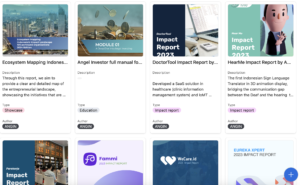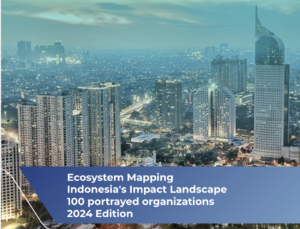[et_pb_section bb_built=”1″ admin_label=”section” transparent_background=”off” allow_player_pause=”off” inner_shadow=”off” parallax=”off” parallax_method=”off” padding_mobile=”off” make_fullwidth=”off” use_custom_width=”off” width_unit=”on” make_equal=”off” use_custom_gutter=”off” custom_padding_tablet=”50px|0|50px|0″ custom_padding_last_edited=”on|desktop”][et_pb_row background_position=”top_left” background_repeat=”repeat” background_size=”initial” _builder_version=”3.0.75″][et_pb_column type=”4_4″][et_pb_post_title admin_label=”%91RECAP%93 AVPN Workshop: Measuring Impact and Social Value Creation” title=”on” meta=”on” author=”on” date=”on” categories=”on” comments=”off” featured_image=”off” featured_placement=”below” parallax_effect=”on” parallax_method=”off” text_color=”dark” text_background=”off” module_bg_color=”rgba(255,255,255,0)” border_style=”solid” _builder_version=”3.0.75″ background_color=”rgba(255,255,255,0)” parallax=”on” /][/et_pb_column][/et_pb_row][et_pb_row][et_pb_column type=”4_4″][et_pb_gallery _builder_version=”3.0.75″ posts_number=”2″ show_title_and_caption=”off” show_pagination=”off” gallery_ids=”4741,4736″ fullwidth=”on” orientation=”landscape” zoom_icon_color=”#ffffff” hover_overlay_color=”rgba(255,255,255,0.9)” hover_icon=”%%40%%” background_layout=”light” pagination_font_size_tablet=”51″ pagination_line_height_tablet=”2″ border_style=”solid” /][/et_pb_column][/et_pb_row][et_pb_row admin_label=”row” background_position=”top_left” background_repeat=”repeat” background_size=”initial”][et_pb_column type=”4_4″][et_pb_text admin_label=”News Content” background_layout=”light” text_orientation=”justified” background_color=”#f9f9f9″ border_style=”solid” custom_padding=”20px|20px|20px|20px” background_position=”top_left” background_repeat=”repeat” background_size=”initial” _builder_version=”3.0.75″ saved_tabs=”all” background_blend=”lighten”]
AVPN just organized a workshop on Measuring Impact and Social Value Creation last Thursday (28/9) at Coca Cola Indonesia office. The workshop was led by Jeremy Nicholls (CEO of Social Value International). 20 attendees coming from various backgrounds (e.g. investment, government agency, foundations…) were engaged in a vibrant discussion.
KEY TAKEAWAYS
- One of the reasons why stakeholders (i.e. investor and social purpose organization) have excuses not to measure impact is because unlike financial reporting, they are not held accountable if they choose not to do so and if the outcome is not satisfying .
- “What is your impact?” = wrong question. The question we should ask if we were accountable is:
- “Are you creating as much impact as you can with the resources you have?
SOME TIPS
- Tips #1:
- Excuse: So many data to measure, while existing data is limited/ scattered/ too general
- Solution: It is easier and more meaningful to start small. It is better to collect less rigorous data but regularly (hence, you can your impact progress) rather than rigorous data but very occasionally (or worse, in single time frame only)
- Tips #2:
- Question: “Have we made as much of a difference as we can with the resources available?”
- Answer: Testing matters. Compare different ways of doing the same activity, compare the changes, and decide which action creates more value. Repeat this all the time to ensure you maximize your impact.
MISTAKES TO AVOID
- Common mistake #1: Some investees see impact data as useful for accessing funding or keeping funders happy. This, will keep you distant from the real essence of the measurement outcomes: whether your impact is good enough or not, how your business can be improved, what risk management should be taken
- Common mistake #2: In building the impact measurement framework, venture philanthropy organization (VPO) and social purpose organization (SPO) sometimes live in their own bubbles; having their own assumptions while ignoring the voice of direct beneficiaries.
- Common mistake #3: Many SPOs and VPOs are driven to collect as many impact data as possible but do not do something with it. In your impact report, you should also mention your plan for improvement over time and your performance and your targets for impact over the years.
[/et_pb_text][/et_pb_column][/et_pb_row][/et_pb_section]




